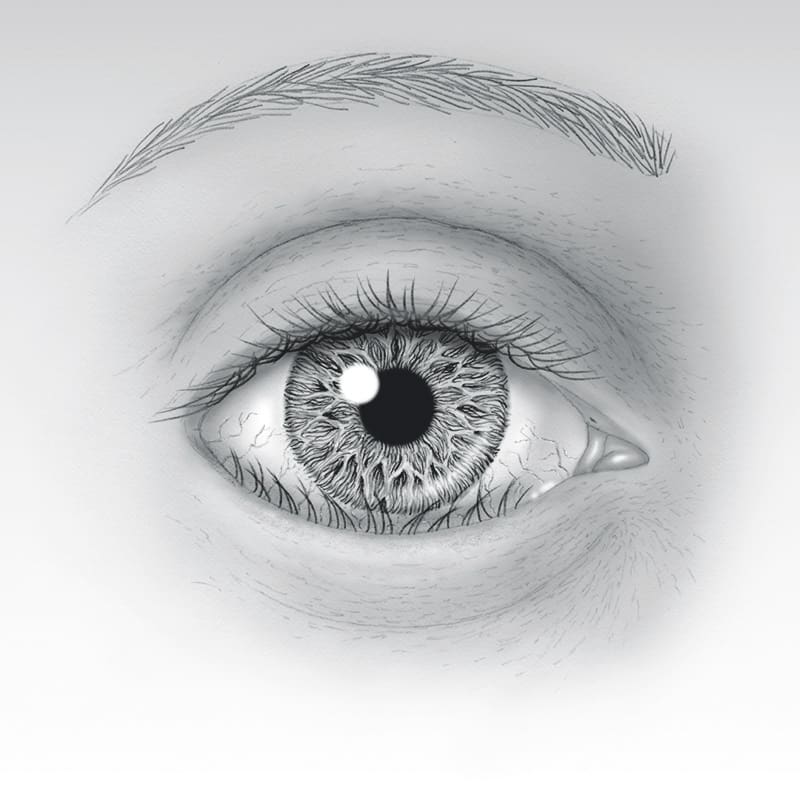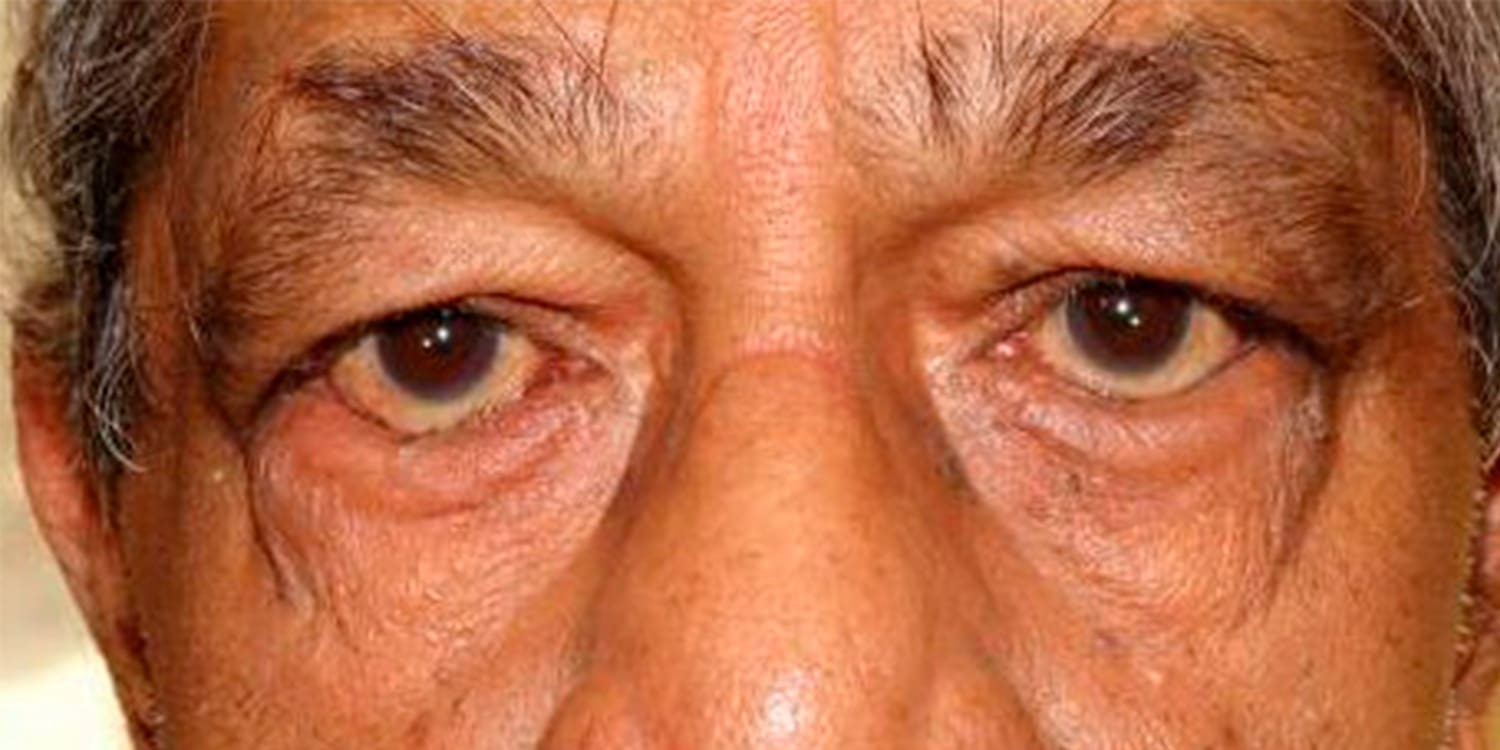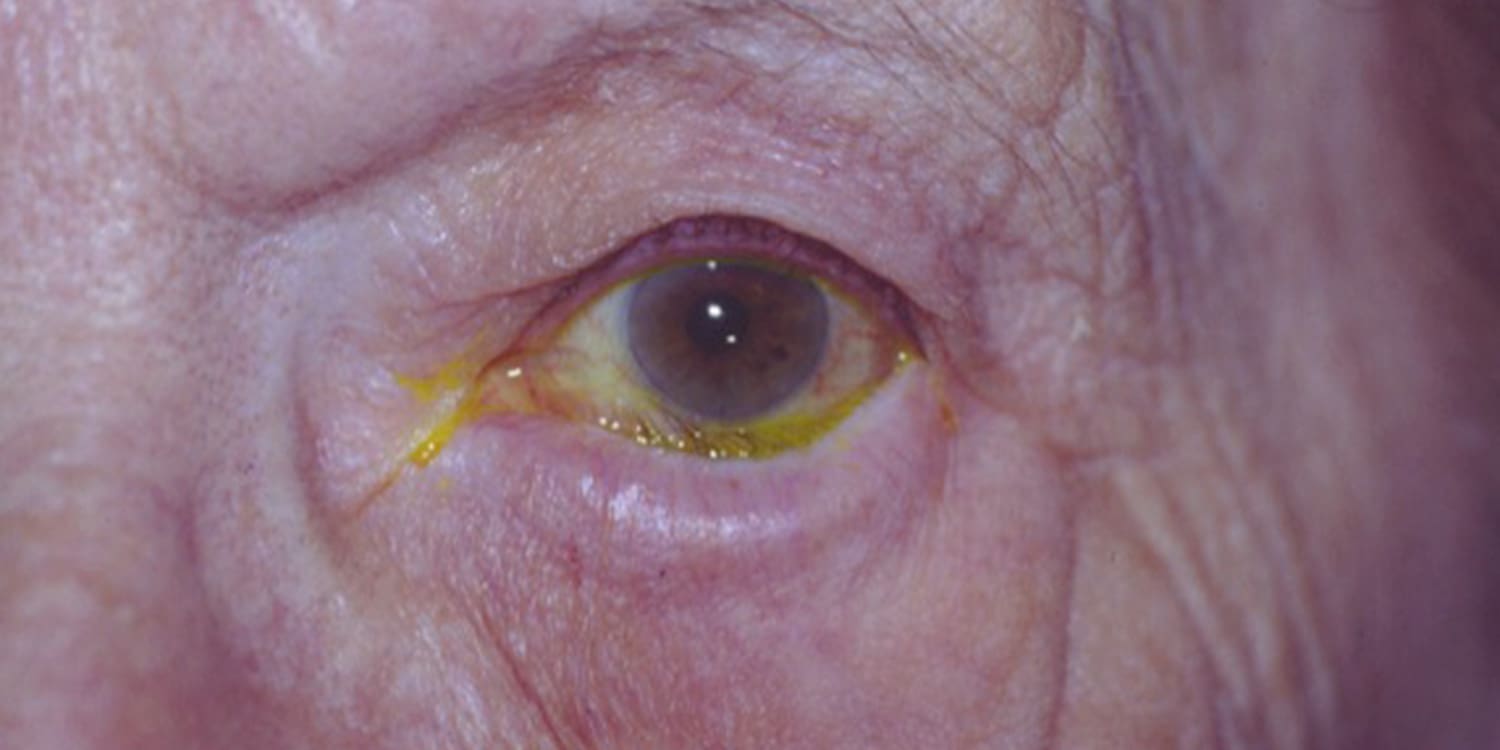Turned-In Eyelid (Entropion)
Entropion is a condition where the upper or lower eyelid turns inward, rubbing the lashes against the eyeball, causing the eye to become irritated, red, and sensitive to light. The condition can cause pain, tearing, discharge, and irritation. If entropion is severe or left untreated for a long period of time, it can lead to permanent corneal damage and decreased vision. Entropion can be diagnosed with a routine eye exam.
Entropion can be caused by different issues such as a stretched out eyelid or facial muscle weakness. As we age, the tissues around the eyes tend to weaken. Laxity of the eyelid tendons, combined with weakening of these muscles result in the eyelid turning in. Some patients have eyelid spasms, forceful blinking, squeezing, or other neurological conditions that cause the eyelid to roll inward. Entropion may also occur as a result of trauma, scarring, or previous surgery.
Entropion repair is indicated to alleviate eye irritation. Surgery is also important so that the condition does not lead to permanent eye damage..

Treatments
Entropion usually requires surgical treatment. Prior to the surgery, the eye may be protected using lubricating ointment. Sometimes medical tape can help temporarily keep the eyelashes off of the eyeball surface. If there is a spastic component, botulinum toxin injections can help temporarily in some instances.
There are a number of surgical techniques for successful treatment. The usual treatment for entropion involves tightening any laxity of the eyelid and its attachments to restore the lid to its normal position. Surgery to repair entropion is most commonly performed as an outpatient procedure under local anesthesia with or without sedation. Antibiotic ointment may be prescribed for about a week following the surgery.
Most patients experience immediate resolution of the problem once surgery is completed with little, if any, postoperative discomfort.
Risks and Complications
Bleeding and infection, which are potential risks with any surgical procedure, are very uncommon. As with any medical procedure there may be other inherent risks including but not limited to anesthesia risks, swelling, scarring, or further surgery needed. Minor bruising or swelling may be expected and will likely go away in one to two weeks. Be sure to tell your surgeon if you are on blood thinners as their use may put you at increased risk for bleeding complications.
Your surgeon cannot control all the variables that may impact your final result. The goal is always to improve a patient’s condition but no guarantees or promises can be made for a successful outcome in any surgical procedure. There is always a chance you will not be satisfied with your results and/or that you will need additional treatment. As with any medical decision, there may be other inherent risks or alternatives that should be discussed with your surgeon.

